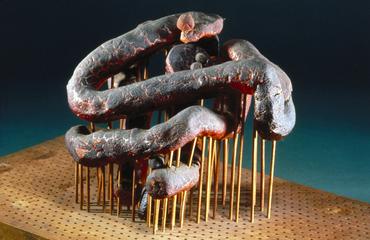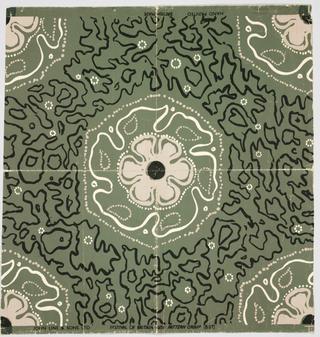
Two different gratings used in pioneering work on the infra-red spectrum, 1920-1940
- Made:
- circa 1930




Two diffraction gratings used by Sutherland and Sheppard in infra red work
These infra-red diffraction gratings were used by Sir Gordon Sutherland and Norman Sheppard at Cambridge during the Second World War in the analysis of hydrocarbons present in enemy fuels using infra-red spectroscopy. One such use was to determine to what extent Germany was converting coal into oil. They had been purchased in the 1930s from Michigan University, which was the world’s leading laboratory for such work. Acquisition by the Science Museum of these gratings and an associated rock salt prism provides the opportunity for strong stories on the use of novel scientific techniques in warfare, and of the use of science by the state.
Details
- Category:
- Experimental Chemistry
- Object Number:
- 2004-35
- credit:
- Professor Norman Sheppard and Dr William Jeremy Jones




